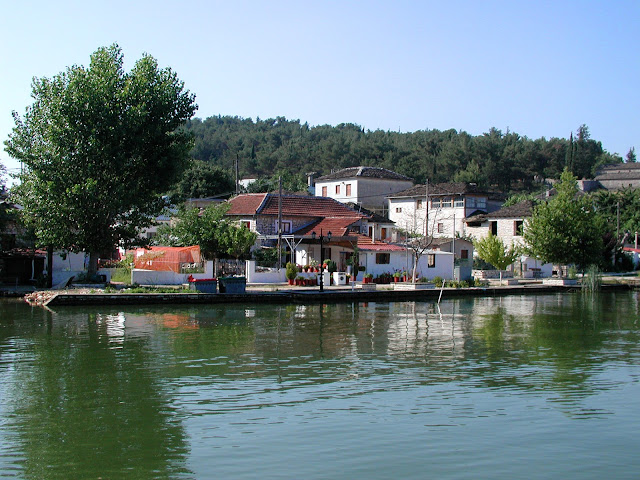Pau is a commune on the northern edge of the Pyrenees, and capital of the Pyrénées-Atlantiques Département in the region of Nouvelle-Aquitaine, France. The city is located in the heart of the former sovereign Principality of Béarn, of which it was the capital from 1464. Bordered by the Gave de Pau, the city is located 100 kilometres from the Atlantic Ocean and 50 kilometres from Spain. This position gives it an exceptional panorama across the mountain range of the Pyrenees as well as on the hillsides of Jurançon.
Archaeology has asserted that the site has been occupied at least since the Gallo-Roman era. Nevertheless, it wasn't until the first half of the 12th century that the first mentions of Pau as a settlement are found. The town originated from the construction of its castle, likely from the 11th century by the Viscounts of Béarn, to protect the ford which was a strategic point for access to the Bearn valleys and then to Spain. The city thus took its name from the stockade (pau in Bearnese) which set the boundaries of the primitive castle. The village which was built around the castle took advantage of its strategic position as well as the protection of the Viscounts of Béarn to widely develop over the following centuries. Pau became the capital of Béarn in 1464, thus becoming the political, cultural and economic centre of this small State which continued to defend its independence from the neighbouring French, English and Spanish peoples.
The town and its castle took on a new dimension by becoming the seat of the Kings of Navarre, at the capture of Pamplona, by the Kingdom of Castile in 1512. Pau became a leading political and intellectual centre under the reign of Henry d'Albret and his wife Marguerite. The history of Pau is marked by the birth of Henry of Bourbon 13 December 1553 in the castle of his grandparents. He gained access to the throne of France in 1589 under the title of Henry IV. The image of the city is since widely associated with that of this monarch made famous for his willingness to put an end to the seemingly endless Wars of Religion. With the end of Béarnaise independence in 1620, Pau lost its influence but remained the same at the head of a largely autonomous province. It was home to the Parliament of Navarre and Béarn which wrote its texts in Occitan until the Revolution and its dismantling to create the Department of Basses-Pyrénées (becoming Pyrénées-Atlantiques in 1969).
The Belle Époque marked a resurgence for the Béarnaise capital with a massive influx of wealthy foreign tourists (including English but also Russian, Spanish and American), they came to spend the winter to take advantage of the benefits of Pau's climate described by the Scottish physician Alexander Taylor. Pau turned widely with the construction of many villas and mansions to accommodate these wintering rich people, the city also developed all elements of modernity for their comfort: Baths, funicular and railway station. It was at this time that Pau became one of the world capitals of the nascent aerospace industry under the influence of the Wright brothers, crowned heads then pressed there to observe the flight of the first flying school in the world.
With the decline of tourism during the 20th century, the Pau economy (and its suburbs) gradually shifted towards the aviation industry and then to that of petrochemicals with the major discovery of the Lacq gas field in 1951. Pau today is a city of about 80,000 inhabitants, the main urban area of Pau and of the Communauté d'agglomération Pau Béarn Pyrénées with 30 neighbouring communes which carry out local tasks together. The Université de Pau et des Pays de l'Adour, founded in 1972, accounts for a large student population. The city plays a leading role for Béarn but also for a wide segment of the Adour area. An administrative capital, it boasts a dense economic fabric including service activities.[note 4] Pau also plays the role of cultural capital with many events, including sports. Pau's heritage extends over several centuries, its diversity and its quality allowed it to obtain the label of City of Art and History in 2011.

















































